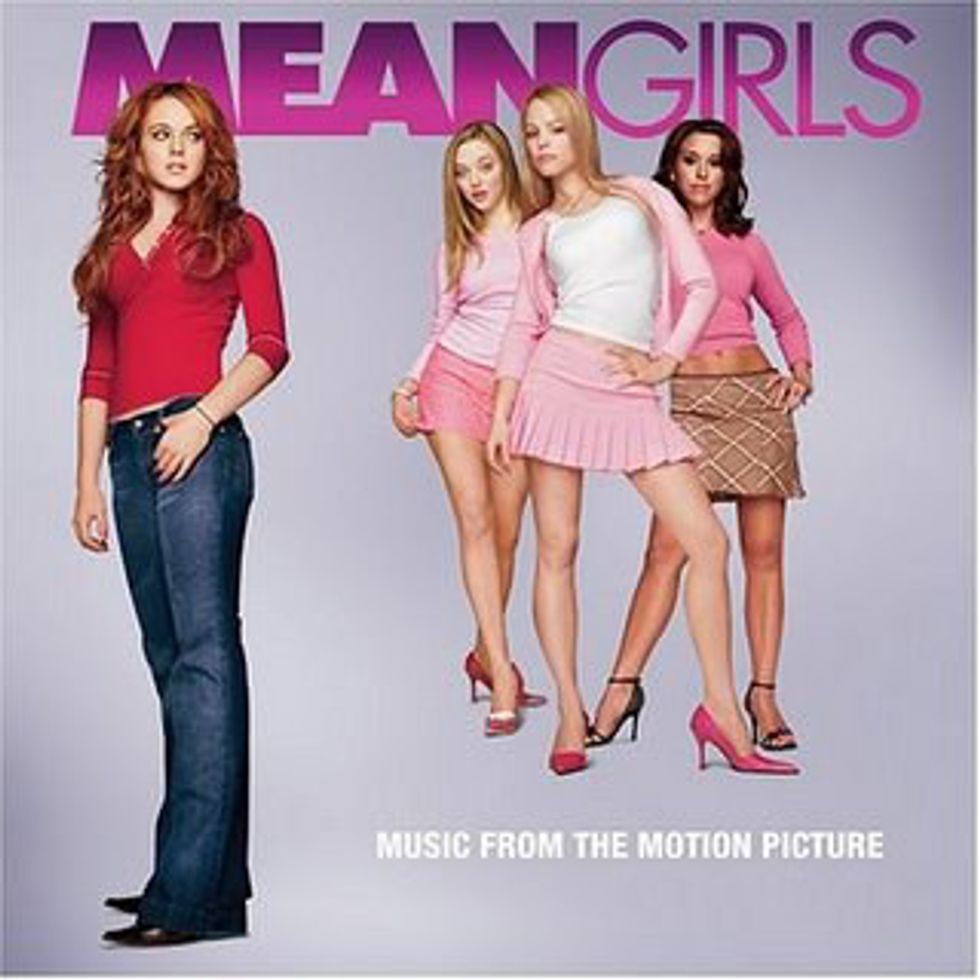Black Friday. A national holiday exclusive to Americans, who are unaware of the destruction they create with their dollars as they spill like ants through the doors of Macy’s, Walmart, H&M, and other dominating retailers. At the peak of dawn, products are ripped and tossed from their shelves as greedy hands swipe away every color and size available. It’s a first come first serve race; many stumble wearily but with intention as they have camped outside these stores in plastic tents even days before the opening. We’re all convinced that we’re saving hundreds of dollars on that flat screen TV-- and yet, this obsession with overconsumption in all forms including fashion are also problematic and leave environmental, ethical and social scars. These aren’t only felt in our wallets; but more importantly, the workers who create the very clothes we dispose of within a few months.
“Fast Fashion” is quite the elusive term. It refers to cheap labor, often exploited and underpaid workers in developing countries such as Myanmar, Cambodia and Bangladesh. These workers create hundreds of garments to be bought cheap, disposed of and the cycle of abuse and waste continues. They are contracted under the minimum wage of their country; which is far lower than that of where their products are sold. For example, the United States, the UK, and Canada. This allows large companies and name brands to profit significantly more than if the clothing were made and sold within the United States. Instead of having four seasons for fashion, Fast Fashion can have upwards of 50 seasons, as they rotate new sets of clothing every 2 weeks. Under the code of conduct, stores such as Forever 21, Zara, H&M and even high end brands such as Louis Vuitton promise to treat their workers according to the country’s local law. This code of conduct is a regular and standardized industry practice which states that suppliers overseas must comply with the country’s health, safety and environmental laws of labor. All the while some suppliers are not aware of this practice. Though this code may hold true on computer screens and official documents, we have seen through the eyes of the workers themselves--the grim reality they face.
Four years ago today, 1,134 garment workers died when their factory building imploded outside a town located in Dhaka, Bangladesh. “Survivors described a sensation akin to being in an earthquake: hearing a loud and terrifying cracking sound; feeling the concrete factory floor roll beneath their feet; and watching concrete beams and pillars collapse as the eight-story building suddenly seemed to implode,” Jim Yardley wrote in the New York Times. Cracks had begun to appear in the building’s structural columns the day before, but factory managers coerced workers to continue their work.
It was the biggest industrial accident the world had seen in 30 years—and global fast fashion retailers, including Benneton, The Children’s Place, and Mango were quick to say that they had no connections with the factory. But in subsequent weeks, reporters would discover that Benetton, The Children’s Place, Mango, and a host of other brands, including Zara, Walmart, C&A, Carrefor, Joe Fresh, and KiK were, in fact, producing in the factories located in Rana Plaza. By April 30, the New York Times reported that New Wave, one of the factories in the complex, had made more than 120,000 pounds of clothing for The Children’s Place in the preceding eight months.
Disasters much like these have occurred and created mass protests, especially for Zara workers. Around November of 2017, dozens of headlines surfaced at the response of notes written inside clothes made for a Zara store in Istanbul. Suppliers saw these notes written upon the tags of articles of clothing which read, “I made this item, but I didn’t get paid for it.” Following these small but significant reminders was a link to a petition held online to pressure brands into paying the worker’s their rightful wage. “We want our rights, not charity,” they read.
The workers who left the notes were employed by manufacturer “Bravo Tekstil.” As indicated in the petition, they did not pay the workers for three total months before shutting down Zara stores—without notice. The company which owns Zara; Inditex, claimed to establish a “hardship fund” for the workers surviving without their pay. Though as indicated in the petition, supplier factories such as them are “actually global brands” and both Inditex and Zara signed an agreement beforehand that “acknowledged they are responsible for the basic rights of the factory workers where they supplied the products.” Bear in mind that Inditex is currently the largest apparel retailer in the world. As for the online petition, over 20,000 people had signed.
Why is it that some consumers continue to buy into this industry? Some are ignorant, yes, but some also consciously choose to ignore the consequences they are well aware of as they preach ideals of human rights, ethics, and economic freedom. There are several reasons why even after exposure, these companies have not imploded. These may pertain to psychology, for example, in feeling “left out” of a trend or something of a mass following. It is never easy to deviate from the norm. Though, on an economic standpoint—because that is where my general focus is in this argument, perhaps it’s something simple. Corporations are profit-seeking. But starting from the ground up, we can try to understand why this industry continues to run so powerful.
The basics of fast fashion as previously mentioned indicate this is generally because consumers want to buy clothes for a cheap price that are also aesthetically pleasing and “on trend.” These companies scrutinize consumer behavior and act upon it in a way that they only see the end result. Consumers only see the gingham, “men’s fashion” inspired blazer that Vogue claimed would make you look a little more like Chrissy Teigen. And the price tag truly reels in consumers much like a fish, but with an outrageous deal. Consumers are rarely informed about the treatment of the person who made the blazer; because if we knew, the blazer wouldn’t sell. Empathy is to be avoided in buying and selling products at all costs. Companies purposefully leave out the emotional details of products and they always have. In order to make and sell a product that is cheap for the consumer, the labor also has to be cheap.
When creating any product, employees involved in getting it to a consumer’s hands must also be paid. This includes the transportation of said product, the employees of the store selling it, and the suppliers. This cheap labor opens a window to lower-wage countries such as Bangladesh, Vietnam, or Cambodia. Ultimately, this generates more revenue for CEOs and other heads of brands, and the consumer feels rich because they can “afford” more clothing. In reality, they are actually struggling to live much like the garment workers. This is also why quality often translates to higher priced goods.
Environmental impacts of this industry only continue to grow. Not only scientists have observed this, but over time, large amounts of textile waste ends up in major waterways and civilizations. Thousands of pounds of unused and discarded clothing does not break down after hundreds of years, because a more cheap option for fabric is polyester. This can contain trace amounts of plastic and other synthetic materials, which ultimately creates a hazard for life around it. It’s fairly easy for plastics to trickle down to phytoplankton which ingest at the bottom of the food chain. Thus, humans also ingest these plastics. The toxic chemicals found in these dyes have disrupted hormones in families living close to the waste, caused significant birth defects, and even some sickness and diseases from ingesting the harsh chemicals.
In total, more than a half trillion gallons of clean water are used in the dyeing of textiles each year. The dye wastewater is discharged, often untreated, into closeby streams, where it reaches the sea, eventually spreading around the globe. China, according to Yale Environment 360, discharges an estimated 40 percent of these chemicals.
Emerging technologies, such as waterless dye technologies have developed, but have not deployed at most manufacturing sites. The textile industry, which has been using extreme amounts of water to dye garments for hundreds of years, may face apprehension on embracing this change. After all, this new technology is far too “costly” to install and only works on certain fabrics.
Many are aware of the disconnect between simply buying a shirt because it’s cheap, and the person who actually created that same shirt. But the truth is that people are dying, losing their limbs, and their loved ones because we vote with our dollars to support these harsh working conditions. Imagine for a moment if it were your sister, your mother, or daughter. Once a true sense of empathy has been established, maybe finally the only thing we choose to see won’t be what comes after the dollar sign. We also must educate our peers and friends about this as much as possible, because maybe then far more than a twinge of guilt can wash over a shopper as they swipe their card one more time through an H&M store.



 Photo by
Photo by  Photo by
Photo by  Photo by
Photo by 



















